Unveiling the Majestic Marvel: The Colosseum – A Glimpse into Ancient Rome’s Grandeur
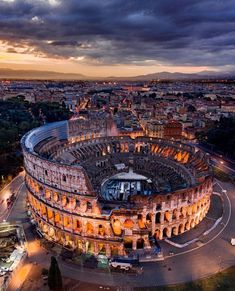
The Colosseum, also known as the Flavian Amphitheatre, stands as a testament to the grandeur and architectural brilliance of ancient Rome. This iconic structure has captured the imagination of millions of visitors over the centuries, drawing them to its imposing presence and captivating history. Let us embark on a journey to explore the magnificence of the Colosseum and delve into the stories it holds within its ancient walls.
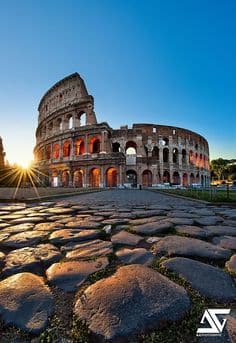
Built during the Flavian dynasty in the first century AD, the Colosseum was commissioned by Emperor Vespasian and completed by his successor, Emperor Titus. The amphitheater was designed to host various forms of entertainment, including gladiatorial contests, animal hunts, mock naval battles, and theatrical performances. With a seating capacity estimated between 50,000 to 80,000 spectators, it was a monumental achievement in engineering and construction for its time.
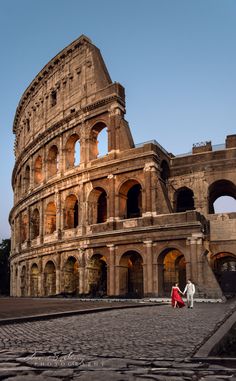
The Colosseum’s architectural brilliance is evident in its massive elliptical structure, measuring 189 meters long, 156 meters wide, and standing 48 meters tall. The exterior facade, adorned with travertine stone and decorated with elaborate sculptures and reliefs, reflects the exquisite craftsmanship and attention to detail that characterized Roman architecture. The ingenious design of the Colosseum allowed for efficient crowd management, with a complex system of entrances, exits, and seating arrangements.
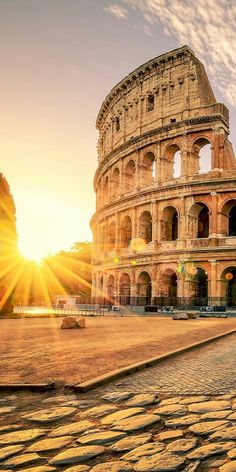
Stepping inside the Colosseum, one can’t help but feel a sense of awe and wonder. The arena, once a stage for fierce gladiatorial battles and dramatic spectacles, still resonates with the echoes of its ancient past. Walking through the corridors and arches, visitors can imagine the cheers of the crowd, the clash of swords, and the roar of wild beasts, as the Colosseum came alive with the excitement of its events.
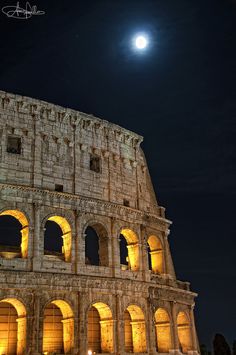
Beyond its architectural and historical significance, the Colosseum serves as a powerful symbol of Roman society and its values. It reflects the importance of entertainment and spectacle in ancient Rome, as well as the social and political dynamics of the time. The gladiatorial contests, in particular, were not merely brutal fights for survival, but symbolic representations of power, valor, and the Roman ideal of virtus.
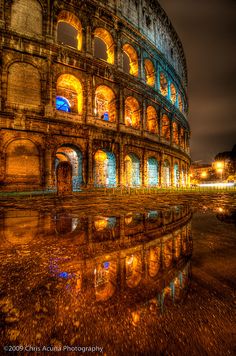 \
\
Throughout its long and eventful history, the Colosseum has faced natural disasters, fires, and even looting. Yet, it has managed to endure as a symbol of resilience and cultural heritage. Today, it stands as one of the most iconic landmarks in the world and a UNESCO World Heritage Site. Visitors from all corners of the globe flock to Rome to witness the grandeur of the Colosseum and to connect with the rich history it represents.
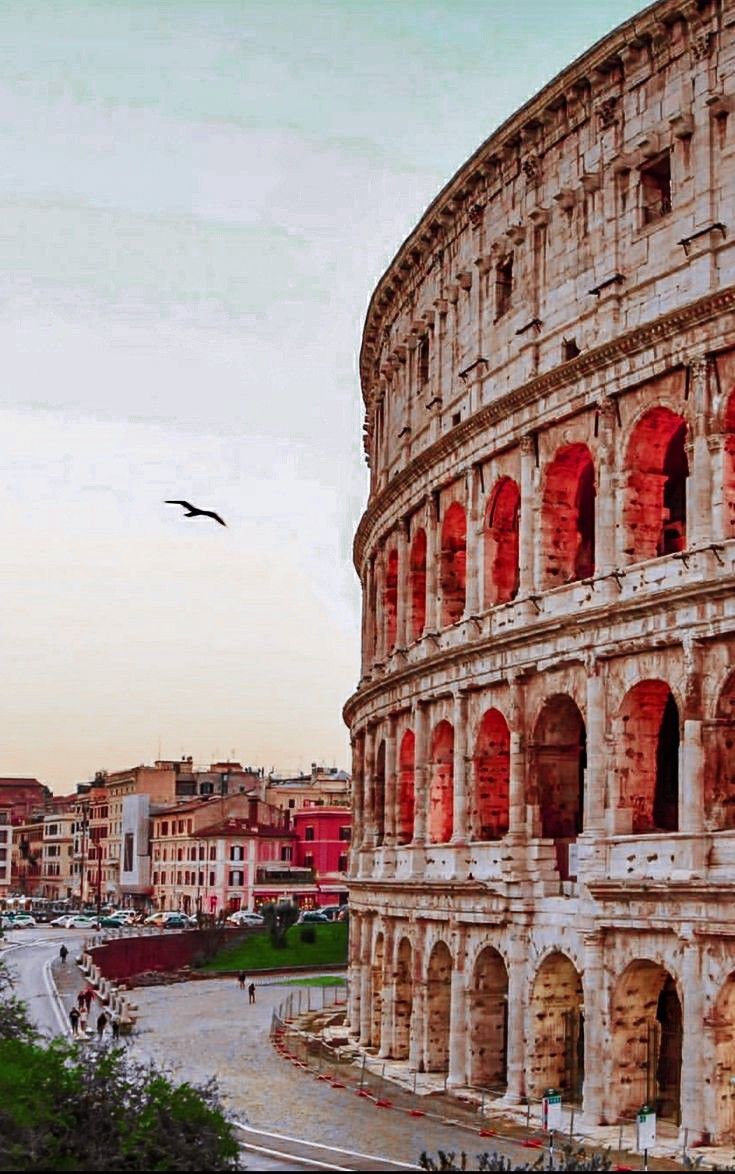
As we gaze upon the Colosseum, we are reminded of the legacy of ancient Rome and the remarkable achievements of human civilization. It serves as a reminder of the power of architectural ingenuity, the impact of historical events, and the importance of preserving our cultural heritage. The Colosseum continues to inspire awe and admiration, inviting us to reflect on the grandeur of the past and the enduring legacy it leaves behind.
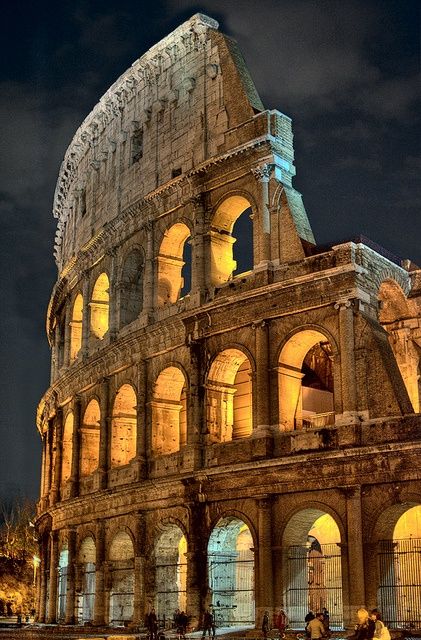
In conclusion, the Colosseum stands as a majestic marvel, captivating the hearts and minds of all who behold it. Its architectural splendor, historical significance, and cultural symbolism make it a must-visit destination for travelers and history enthusiasts alike. As we explore its corridors and stand within its arena, we are transported back in time, connecting with the glories and stories of ancient Rome. The Colosseum is not merely a monument; it is a living testament to the ingenuity and legacy of human civilization.



